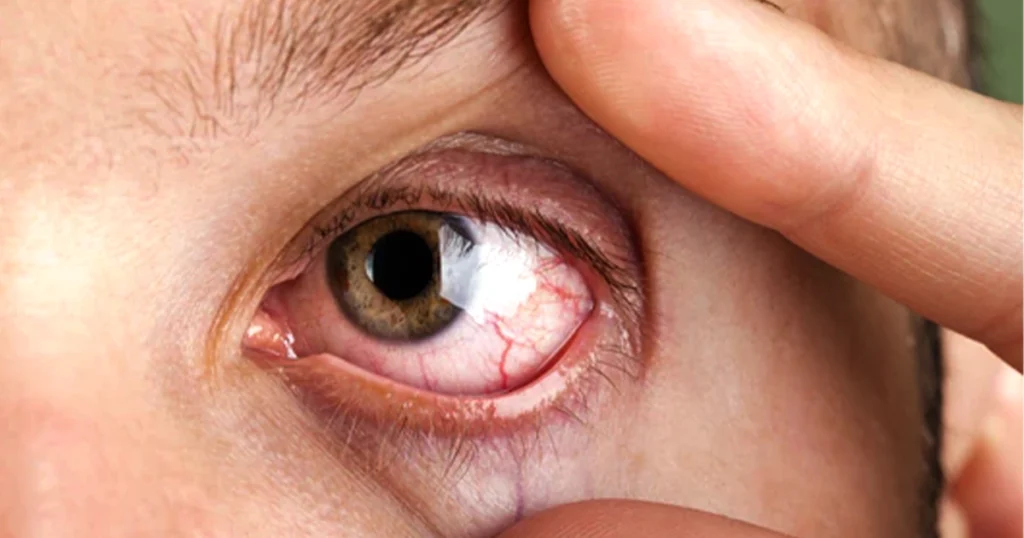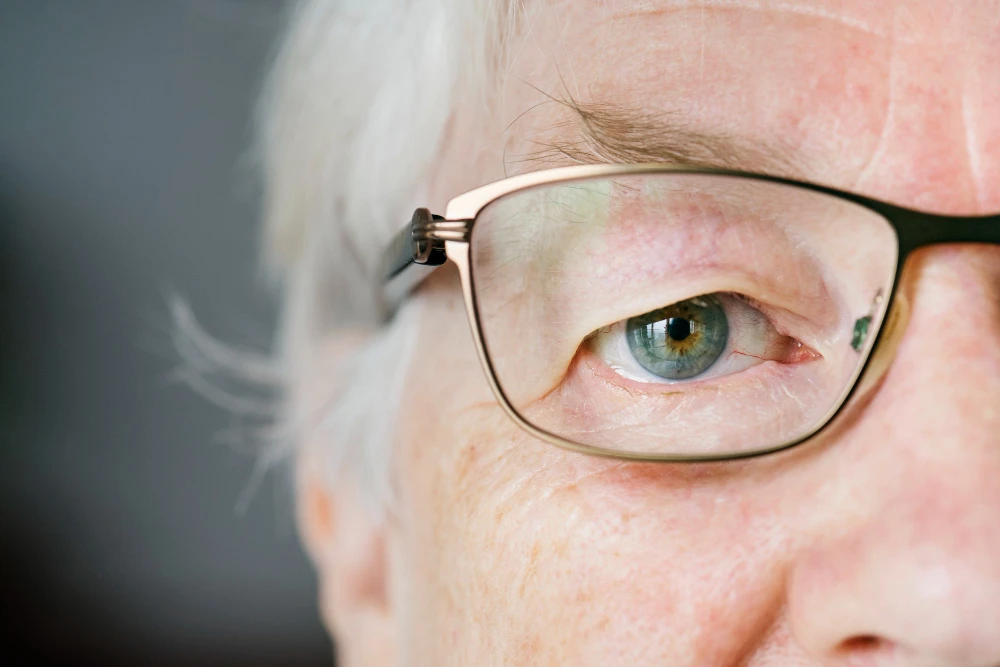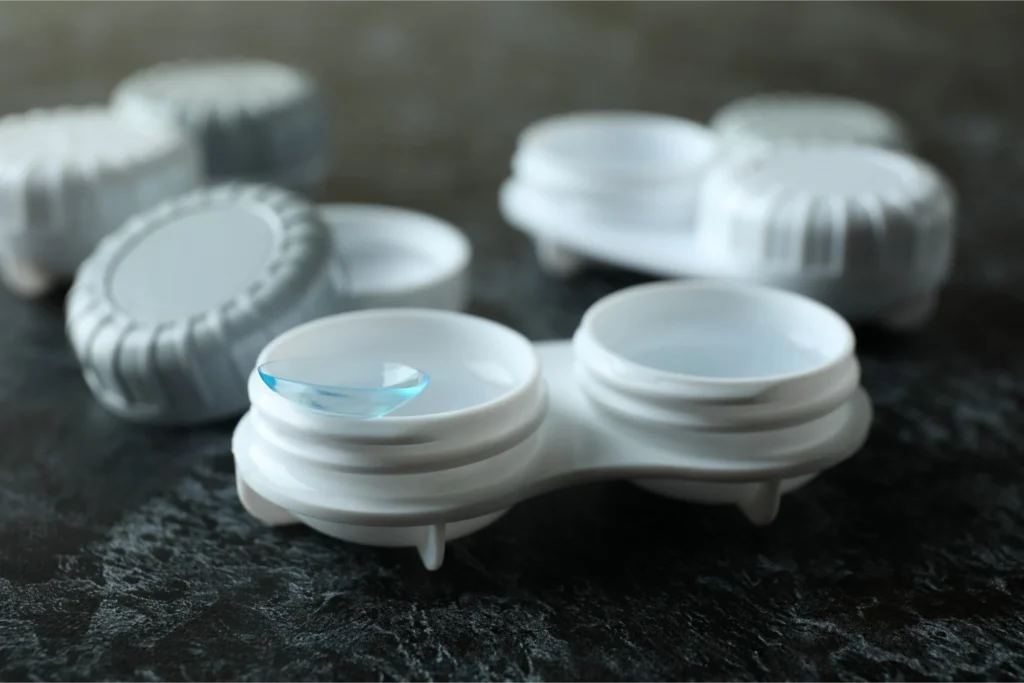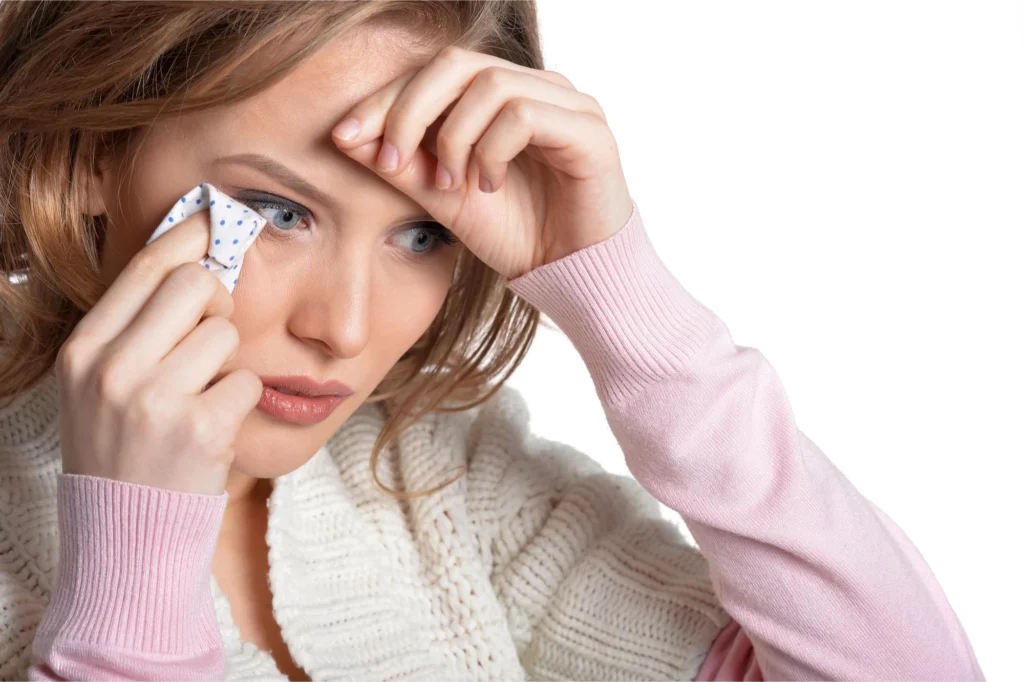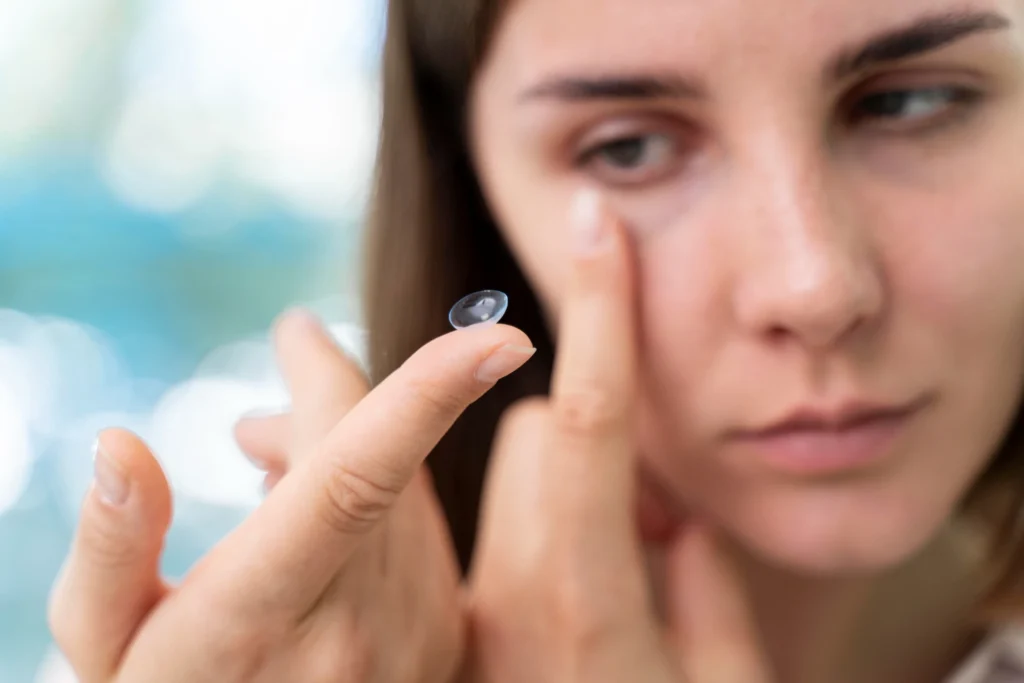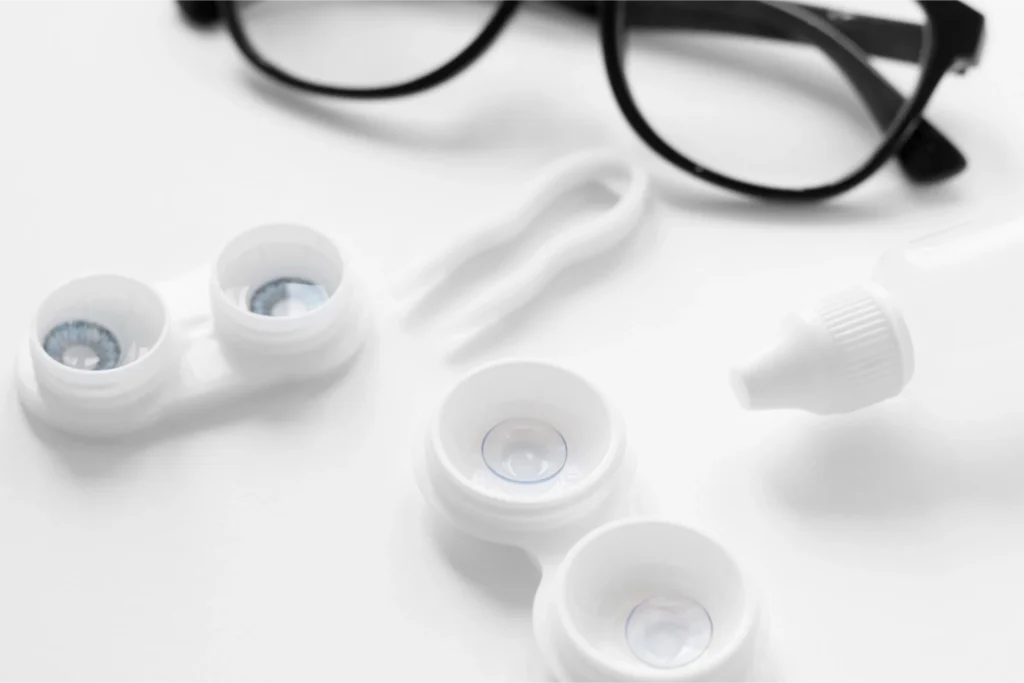What Do Dry Eyes Feel Like?
Dry eyes are more than a minor irritation; they can affect how you see, feel, and function every day. If you’ve ever wondered what dry eyes feel like, imagine a gritty, burning sensation that just won’t go away, even after blinking or using drops. It’s one of the most common eye complaints today, often linked to digital screen use, environmental factors, or aging.
Understanding what dry eyes feel like and what they look like is key to finding real relief. Whether it’s redness, watering, or a constant feeling of something in your eye, recognizing early symptoms helps prevent chronic discomfort and protect your vision in the long run. With the right dry eye treatment from artificial tears to lifestyle adjustments and professional care you can restore eye comfort, improve tear balance, and prevent long-term irritation.
What Is a Dry Eye?
Dry eye, or dry eye syndrome, occurs when your eyes don’t produce enough tears or when the tears evaporate too quickly. This imbalance in the tear film, the thin layer that coats the surface of your eyes, leads to irritation, blurred vision, and inflammation.
According to the American Optometric Association, dry eye is one of the most common ocular surface conditions affecting adults over 50. Because tear quality and production can decline with age, older adults are especially prone to chronic dryness and discomfort. Sometimes dry eyes happen occasionally due to fatigue or weather changes, while chronic dry eye is a longer-term condition requiring medical attention.
The Role of Tears in Eye Health
Tears do much more than keep your eyes moist; they protect, nourish, and maintain clear vision. A stable tear film prevents dryness, flushes out irritants, and ensures your eyes stay comfortable throughout the day. When tear production or balance is disrupted, it can lead to dry eye symptoms like irritation, redness, and blurred vision.
Key functions of a healthy tear film:
- Maintains smooth, clear vision
- Lubricates the eyes to prevent friction
- Washes away dust and debris
- Protects against infections and inflammation
Common Causes of Dry Eye
Dry eyes can develop for many reasons from your daily habits to underlying health issues. Knowing what triggers your symptoms is the first step toward lasting dry eye relief. Whether it’s your environment, screen time, or certain medications, identifying the cause helps you take targeted action to restore eye comfort.
Main causes of dry eye include:
- Environmental factors: Wind, smoke, air conditioning, or low humidity that increase tear evaporation
- Lifestyle habits: Prolonged screen use or digital eye strain leading to reduced blinking
- Medical causes: Aging, hormonal changes, and certain medications that decrease tear production
Risk Factors
You may be more prone to dry eyes if you:
- Wear contact lenses or experience contact lens discomfort
- Have autoimmune diseases like Sjogren’s Syndrome
- Spend hours on screens without taking eye breaks
- Have had refractive eye surgery (LASIK)
- Live in dry climates or polluted environments
What Does Dry Eye Feel Like?
If you’ve ever asked yourself what dry eyes feel like, think of a constant, subtle irritation like a grain of sand that won’t rinse away. The eyes may sting, burn, or feel unusually dry, especially after reading or screen use. This happens because the tear film isn’t stable enough to keep the eye’s surface smooth and protected. Over time, that dryness can cause eyes to feel strained or heavy, making simple tasks like focusing or blinking uncomfortable.
Dry eyes don’t always just “feel dry.” Many people experience blurry vision, sensitivity to light, or a sensation that something is stuck in the eye. At night, the discomfort can worsen, sometimes leading to eye crustiness or watery overflow as your eyes attempt to rehydrate themselves. These symptoms are your body’s signal that the eyes need better moisture balance and tear protection, not just temporary relief.
What Does Dry Eye Look Like?
If you’re unsure how to recognize dry eyes, visual clues can often tell the story before discomfort sets in. In many dry eyes pictures, you’ll notice subtle redness, a glossy or glassy look, and even excessive tearing. These signs occur because the eyes are struggling to maintain a stable tear film, leading to irritation and inflammation. Over time, the appearance of your eyes can change; they may look tired, watery, or slightly swollen, especially after long hours on screens or in dry environments.
Common physical signs include:
- Red or bloodshot eyes that appear tired or strained
- Excessive watering or tear overflow, as the eyes try to rehydrate
- Mucus strands or a glossy eye surface from unstable tear layers
- Heavy eyelids and a generally irritated appearance
How to Get Relief from Dry Eyes
Finding relief from dry eyes often starts with consistent care and small daily adjustments. Simple lifestyle changes can make a big difference in restoring comfort and protecting your eyes from future irritation. By improving moisture balance and reducing environmental strain, you can ease symptoms like burning, itching, and blurred vision without relying solely on medication. For some, professional dry eye treatment may still be necessary to target chronic cases or severe dryness.
Effective ways to relieve dry eyes:
- Use over-the-counter lubricating drops or artificial tears regularly. (Is TheraTears good for dry eyes? Many people find it helpful, though it’s best to confirm with your doctor.)
- If you wear contacts, check if you can use TheraTears with contact lenses — some formulas are safe, while others aren’t.
- Apply warm compresses to unclog oil glands and practice gentle eyelid hygiene to prevent blepharitis.
- Stay hydrated and use a humidifier to maintain moisture indoors.
- Follow the 20-20-20 rule to reduce digital eye strain: every 20 minutes, look 20 feet away for 20 seconds.
For ongoing discomfort, your eye specialist may recommend advanced dry eye treatment options such as prescription drops, punctal plugs, or light-based therapies to restore tear stability and long-term comfort.
Don’t Ignore Dry Eye Symptoms
Persistent eye irritation, burning eyes, or watery eyes aren’t just minor issues they may indicate chronic dry eye or underlying health problems. Ignoring these signs can lead to long-term tear imbalance and even corneal damage.If your eyes often feel dry, tired, or gritty, it’s time to seek professional help. Your eye specialist can identify the underlying cause whether it’s hormonal changes, aging, or dryness caused by medication and guide you toward the right treatment plan. For those looking for trusted care, Vision Gallery offers advanced dry eye treatment options designed to restore comfort and protect long-term eye health.
